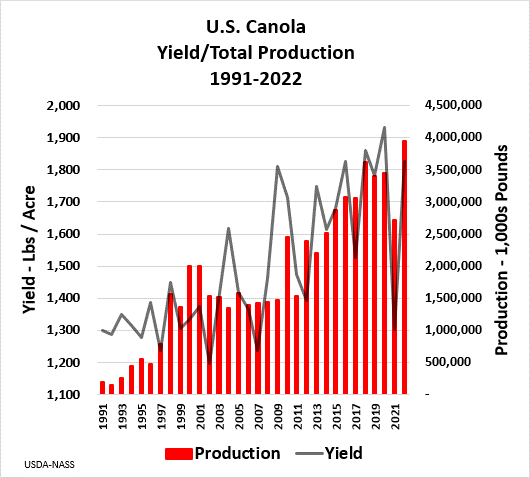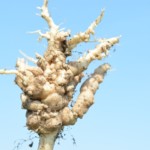 By Phil Van Trump
By Phil Van Trump
The world’s plastic waste crisis continues to grow every year, with the rate of plastic production increasing from 3.9 billion pounds in 1950 to an eye-popping 800 billion pounds in 2018. According to The Atlantic magazine, nearly half of all plastic worldwide that has ever been manufactured was created after the year 2004.
While recycling efforts have potential and are worthy of support, the truth is they currently have limited effectiveness and can only chip away at the edges of this problem. More than 85 percent of U.S. plastic waste went to landfills in 2021, according to Smithsonian Magazine.
 Danimer Scientific envisions an alternative path to reducing our world’s use of petroleum-based plastic — and U.S. canola producers are a key partner in bringing our vision to reality. Nodax®, our signature polyhydroxyalkanoate (PHA), is created using a 100 percent renewable and sustainable process that starts with bacteria fed oils derived from canola and other plants. The process is similar to the natural fermentation method that’s used to create wine, mead and beer. Read More »
Danimer Scientific envisions an alternative path to reducing our world’s use of petroleum-based plastic — and U.S. canola producers are a key partner in bringing our vision to reality. Nodax®, our signature polyhydroxyalkanoate (PHA), is created using a 100 percent renewable and sustainable process that starts with bacteria fed oils derived from canola and other plants. The process is similar to the natural fermentation method that’s used to create wine, mead and beer. Read More »
 By J. Alan Weber
By J. Alan Weber By Tom Hance
By Tom Hance By Tom Hance
By Tom Hance By Angela Dansby and Dale Thorenson
By Angela Dansby and Dale Thorenson By Jack Brown, Ph.D.
By Jack Brown, Ph.D. By Jim Radtke, Ph.D.
By Jim Radtke, Ph.D. By Brian Jenks, Ph.D.
By Brian Jenks, Ph.D.
 By Anitha Chirumamilla, Ph.D., and Hans Kandel, Ph.D.
By Anitha Chirumamilla, Ph.D., and Hans Kandel, Ph.D.
 By Venkata Chapara, Ph.D.
By Venkata Chapara, Ph.D.